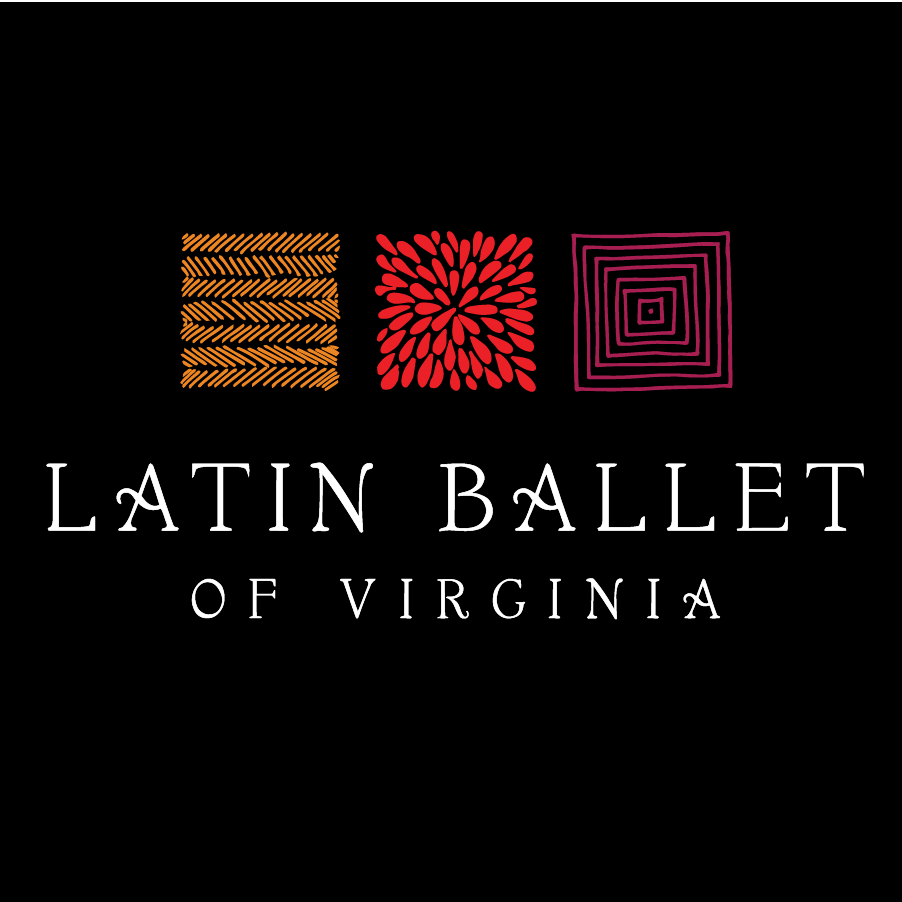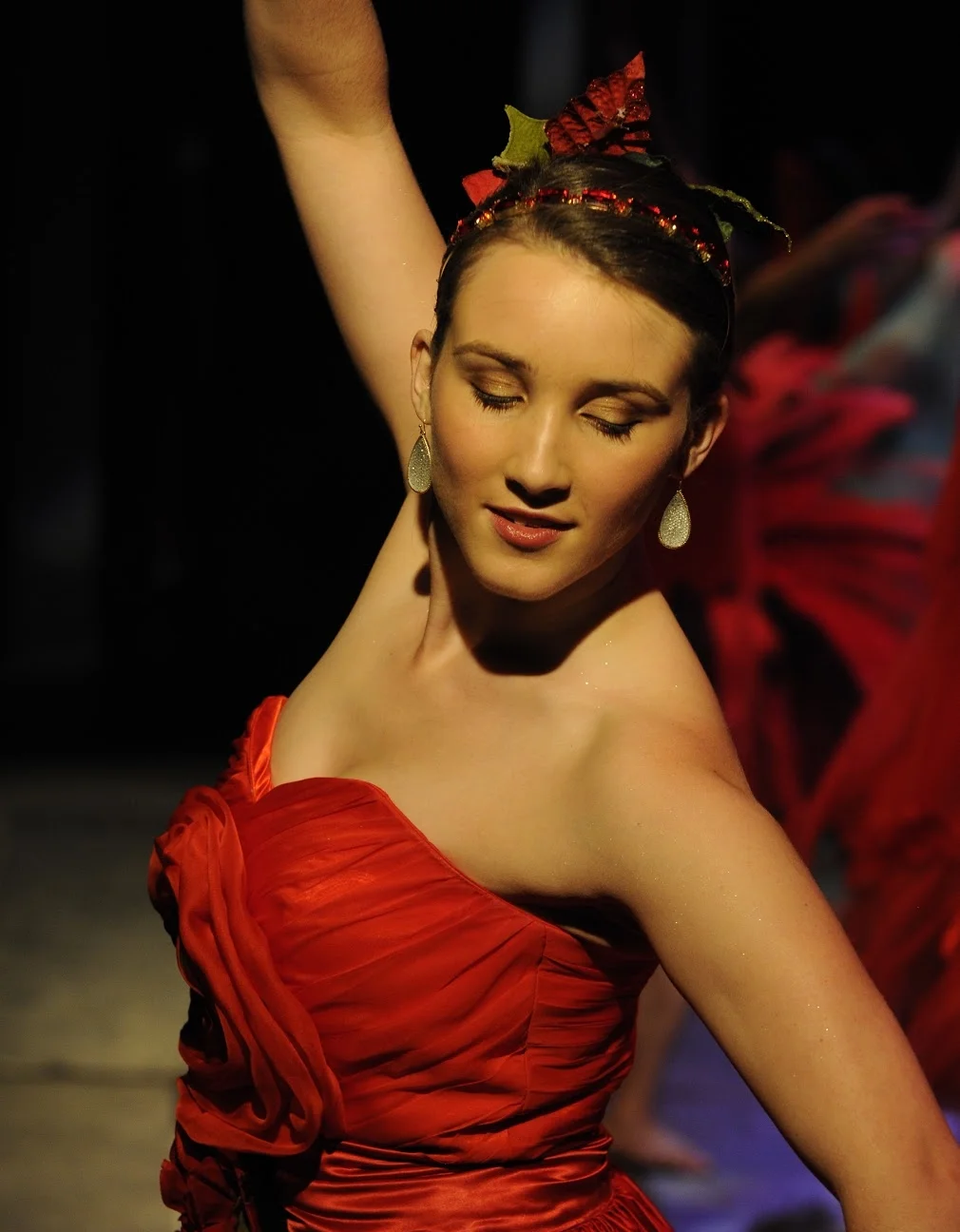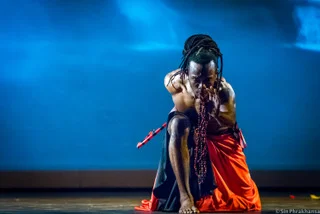Based on the Mexican holiday which brings communities together to remember
and celebrate loved ones who have passed.
El Día de los Muertos (Day of the Dead) is a celebration of one of the most traditional Mexican festivities. This Aztec ritual and commemoration started at least 3,000 years ago. It is a festive interaction that embraces the cycle of life. Mesoamerican natives, African-Americans and Spanish blend their traditions during the celebration.
WHAT IS THE DAY OF THE DEAD?
More than 500 years ago, when Spanish Conquistadors landed in what is now Mexico, they encountered natives practicing a ritual that seemed to mock death. It was a ritual the indigenous people had been practicing for at least 3,000 years, a ritual the Spaniards would try unsuccessfully to eradicate.
The Spaniards considered the ritual to be sacrilegious and perceived the indigenous people to be barbaric and pagan. In their attempts to convert the Aztecs to Catholicism, the Spaniards tried to eliminate the ritual. But like the old Aztec spirits, the ritual refused to die. To make the ritual more "Christian," the Spaniards moved its date to coincide with All Saints’ Day on November 1st and All Souls’ Day on November 2nd. Previously, El Día de los Muertos fell on the ninth month of the Aztec Solar Calendar, near the beginning of August, and was celebrated for the entire month. Festivities were presided over by the goddess Mictecacihuatl, known as Lady of the Dead, who was believed to have died at birth.









